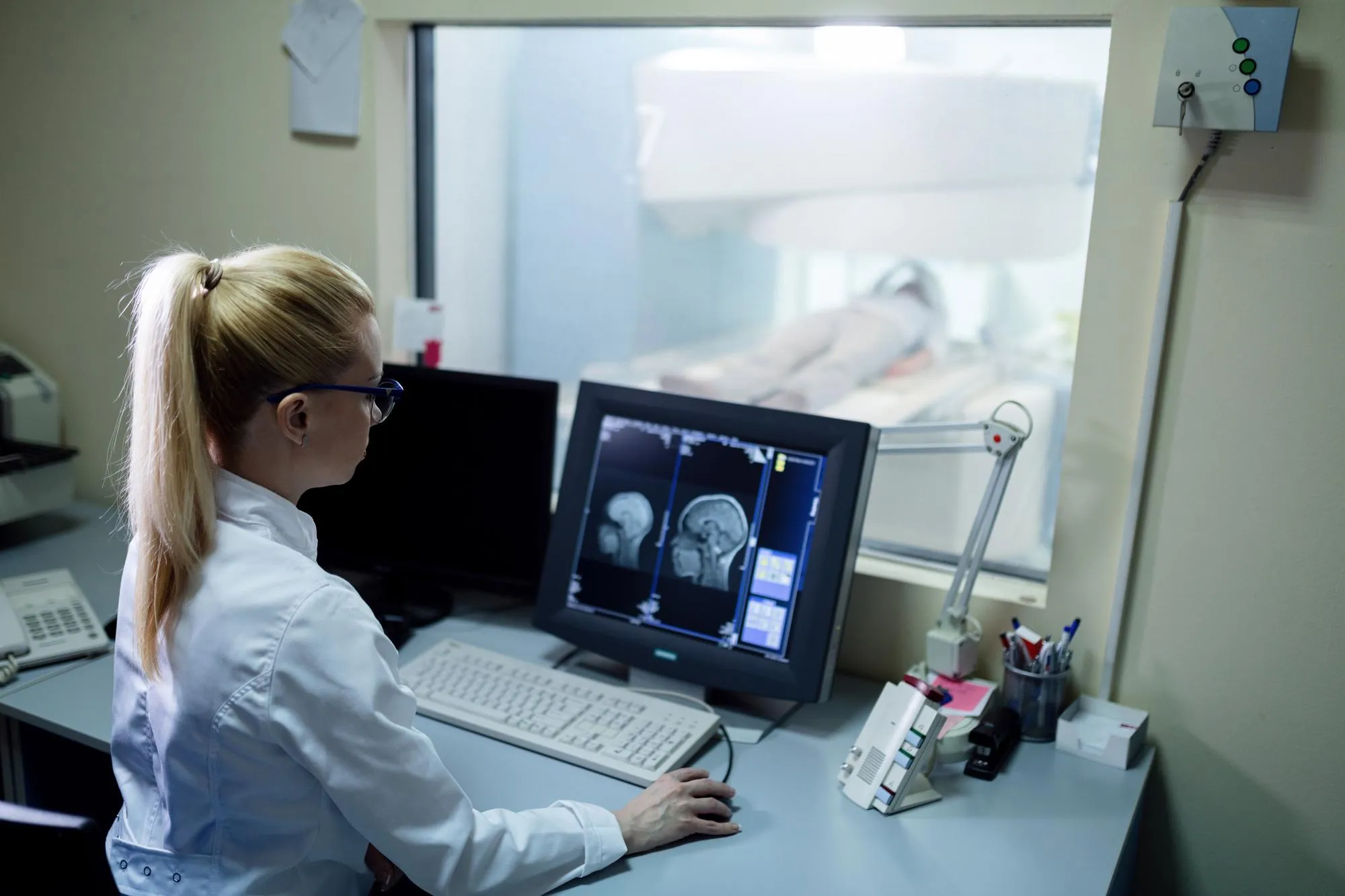Invasion and migration of glioma stem cells (GSCs) are critical features of glioblastoma multiforme (GBM), the most aggressive and lethal form of brain cancer. A recent study published in ‘Molecular Brain’ elucidates the spatiotemporal dynamics of GSC invasion, offering valuable insights that could advance the development of targeted therapies for this devastating disease.
Keywords
1. Glioma Stem Cells
2. Glioblastoma Multiforme
3. Spatiotemporal Dynamics
4. Invasive Pathways
5. Brain Cancer Research
Introduction
Glioblastoma multiforme (GBM) remains one of the most formidable challenges in oncology, notorious for its heterogeneity, invasive behavior, resistance to therapy, and high recurrence rates. Underlying these daunting characteristics is the existence and behavior of glioma stem cells (GSCs), which contribute significantly to the invasiveness and resilience of the tumor. In a groundbreaking study published in ‘Molecular Brain’, researchers from the Keio University School of Medicine, Tokyo, Japan, have made significant strides in visualizing and characterizing the invasive patterns of GSCs. The study, led by Dr. Masahiro Toda and a team of distinguished scientists, has the potential to reshape our understanding of GBM and open new avenues for treatment.
Methods and Visualization Techniques
The team employed an orthotopic xenograft mouse model, where human GSCs were implanted into the striatum of the mouse brain. Through the innovative use of time-lapse imaging of organotypic brain slice cultures and three-dimensional imaging of optically cleared whole brains, they observed GSCs in vivo, capturing their migration in unprecedented detail.
The study details the ethical considerations of the research, with all experiments performed according to ethical guidelines and with the necessary approvals (Approval number: 14057). It’s worth noting that informed consent to publish was obtained, and any conflicts of interest were disclosed, ensuring the research’s integrity.
Findings and Observations
The researchers observed that implanted GSCs in the striatum migrated directionally, favoring pathways such as axon bundles, perivascular areas, and the subventricular zone around the lateral ventricle’s inferior horn. Remarkably, GSCs migrated in a helical pattern around axon bundles and exhibited a broad invasion in both rostral and caudal directions. In the corpus callosum, the GSCs moved more rapidly and unidirectionally, exhibiting pseudopod extensions suggestive of a different invasion strategy.
These findings echoed the histological features found in GBM patients, adding an important layer of clinical relevance to the observations. Moreover, the study emphasized that understanding the spatiotemporal visualization of GSC invasion is paramount to uncovering the mechanisms underlying this aggressive cancer.
Implications for Glioblastoma Treatment
The research conducted by Dr. Toda and his colleagues provides a template for future studies that aim to target GSCs’ invasive qualities. By elucidating the dynamic behaviors of GSCs, scientists can focus on discovering or designing therapeutic interventions that specifically counteract these migratory mechanisms. The ultimate goal is to limit the spread of GBM within the brain, curb recurrence, and improve the survival rates of those afflicted with this lethal cancer.
The study also underscores the importance of targeted therapies that can address the heterogeneity of GBM. Treatments that could block the migration at particular points, such as the perivascular areas or axon bundles, hold promise as potential strategies to hinder tumor spread and minimize damage to the surrounding brain tissue.
Conclusion
The visualization of the spatiotemporal dynamics of human GSC invasion in this innovative study provides a groundbreaking perspective on the intrinsic complexity of GBM invasion. These findings pave the way for a deeper understanding of the disease and raise the possibility of developing effective therapies centered around the specific invasive patterns of GSCs. As such, this research marks a significant step forward in the ongoing quest to combat glioblastoma multiforme and offers a glimmer of hope that this battle is not insurmountable.
DOI: 10.1186/s13041-019-0462-3
References
1. Louis DN, et al. (2007). The 2007 WHO classification of tumours of the central nervous system. Acta Neuropathol. doi: 10.1007/s00401-007-0243-4.
2. Qazi MA, et al. (2017). Intratumoral heterogeneity: pathways to treatment resistance and relapse in human glioblastoma. Ann Oncol. doi: 10.1093/annonc/mdx169.
3. Stupp R, et al. (2005). Radiotherapy plus concomitant and adjuvant temozolomide for glioblastoma. N Engl J Med. doi: 10.1056/NEJMoa043330.
4. Cho RW, Clarke MF. (2008). Recent advances in cancer stem cells. Curr Opin Genet Dev. doi: 10.1016/j.gde.2008.01.017.
5. Galli R, et al. (2004). Isolation and characterization of tumorigenic, stem-like neural precursors from human glioblastoma. Cancer Res. doi: 10.1158/0008-5472.CAN-04-1364.
